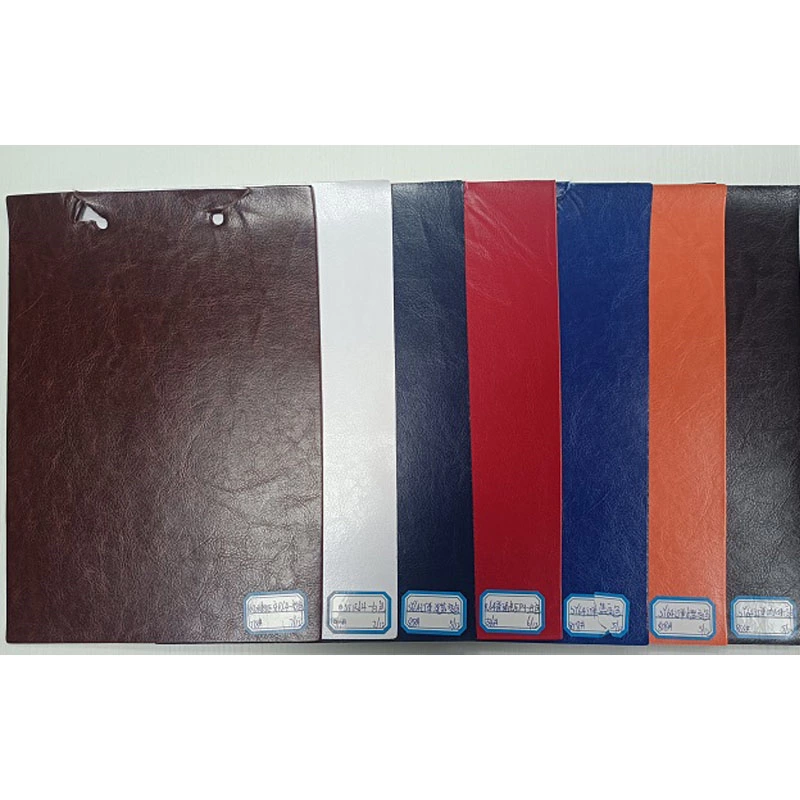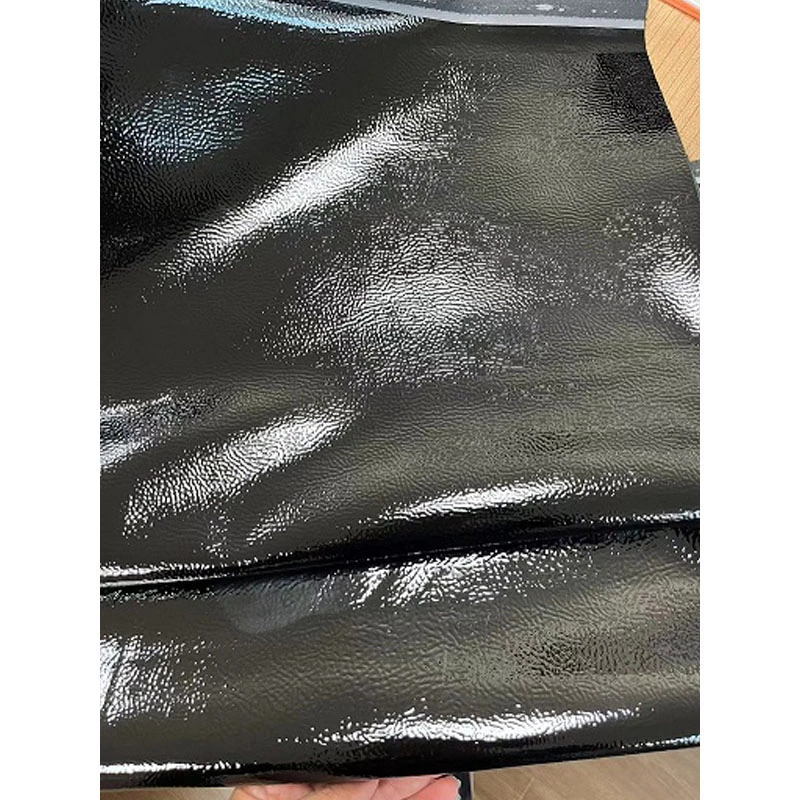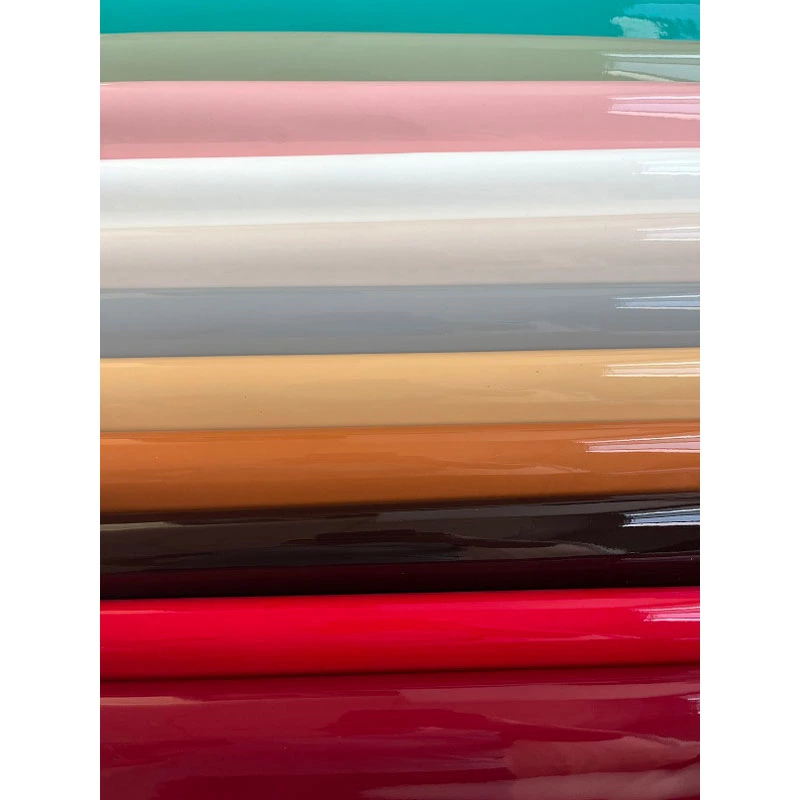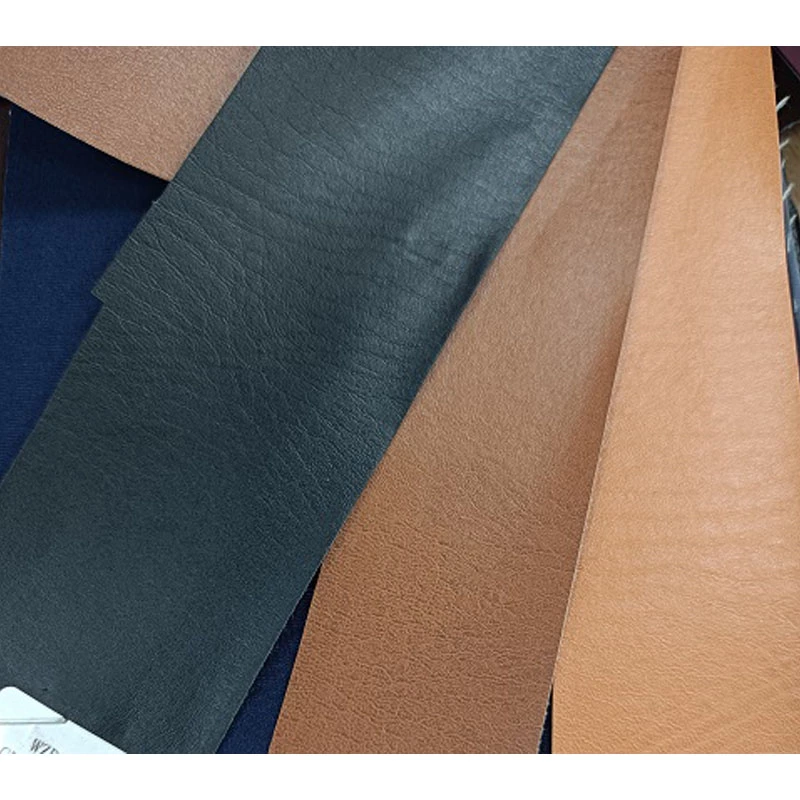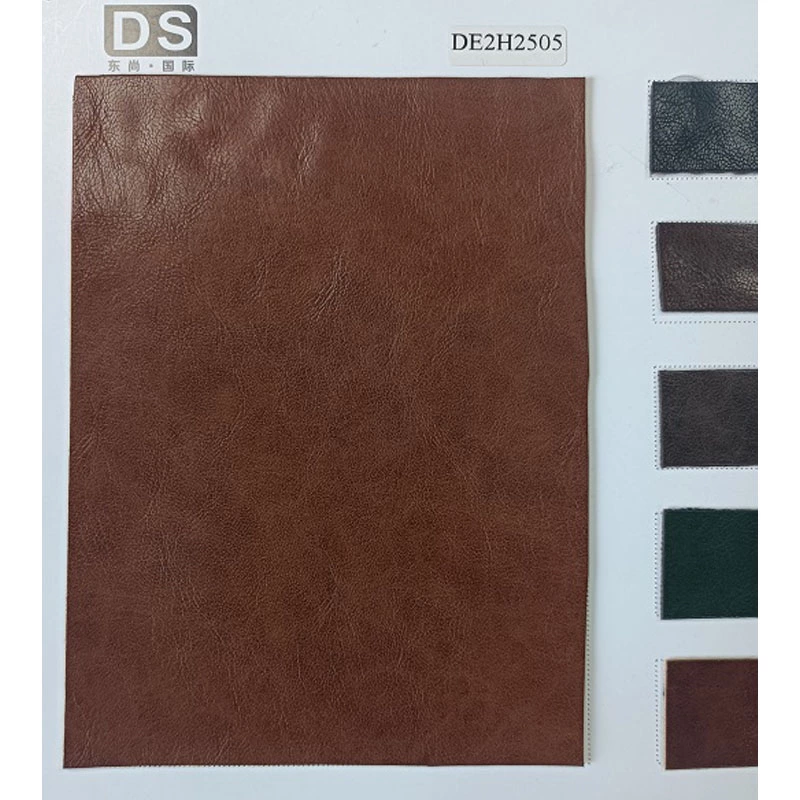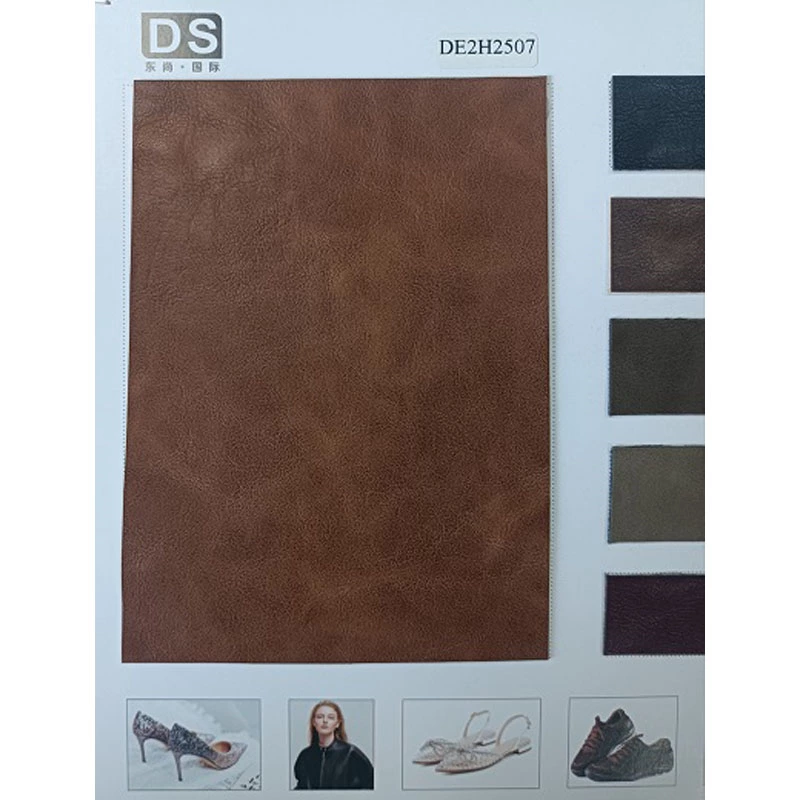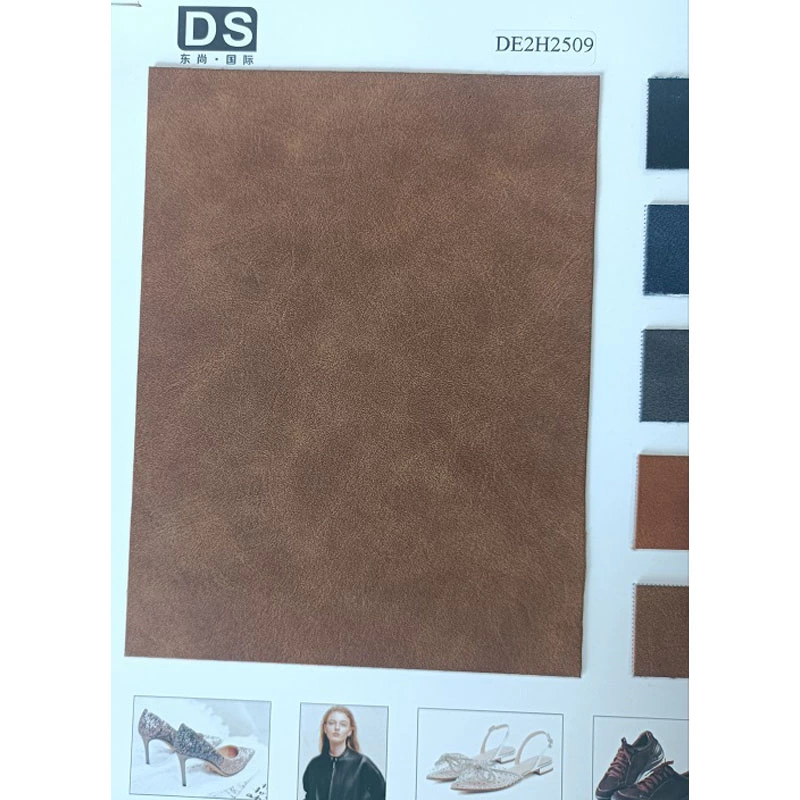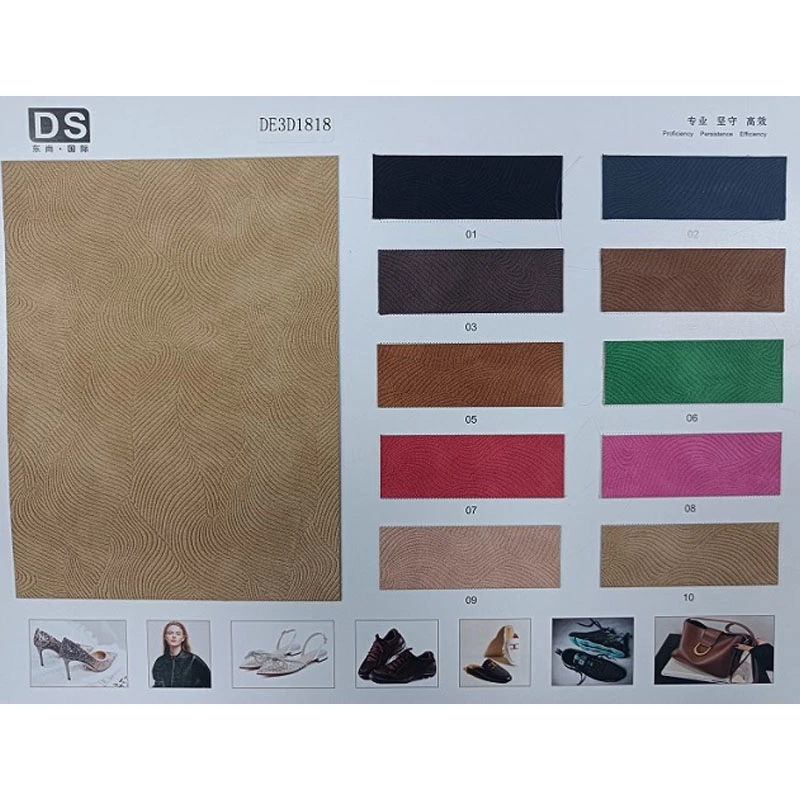The Development History Of Pu Leather
In China, people are used to calling artificial leather produced with PU resin as raw material PU artificial leather (PU leather for short); artificial leather produced with PU resin and non-woven fabric as raw materials is called PU leather (synthetic leather for short). For PU artificial leather and PU synthetic leather, the industry has not yet accurately named them, but some people are used to collectively calling the above three types of leather synthetic leather. How to name them? It remains to be unified and standardized to give them a more appropriate name.
Artificial leather and synthetic leather are an important part of the plastics industry and are widely used in various industries of the national economy. Artificial leather and synthetic leather production have a history of more than 60 years in the world. China has started to develop and produce artificial leather since 1958. It is an industry that has developed earlier in China's plastics industry. In recent years, the development of China's artificial leather and synthetic leather industry has not only seen the growth of production lines of production enterprises, the continuous increase in product output, and the increase in varieties and colors year by year, but also the industry has its own industry organization in the process of development, with considerable cohesion, so that Chinese artificial leather and synthetic leather enterprises, including related industries, can be organized together to develop into an industry with considerable strength.
Following PVC artificial leather, PU synthetic leather has achieved breakthrough technological progress as an ideal substitute for natural leather after more than 30 years of dedicated research and development by scientific and technological experts.
PU coated on the surface of fabrics first appeared on the market in the 1950s. In 1964, DuPont of the United States developed a PU synthetic leather used as a shoe upper. After the Japanese company established a production line with an annual output of 600,000 square meters, after more than 20 years of continuous research and development, PU synthetic leather has achieved rapid growth in product quality, variety, and output. Its performance is getting closer and closer to natural leather, and some performances even exceed natural leather, reaching a level that is difficult to distinguish between true and false natural leather, and it occupies a very important position in human daily life.
Today, Japan is the largest producer of synthetic leather. The products of several companies such as Kuraray, Teijin, Toray, and Kanebo basically represent the international development level in the 1990s. Its fiber and non-woven fabric manufacturing is developing towards ultra-fine, high-density and high non-woven effect; its PU manufacturing is developing towards PU dispersion and PU aqueous emulsion, and the application areas of products are constantly expanding, from the initial fields of shoes and bags to other special application fields such as clothing, balls, decorations, etc., covering all aspects of people's daily life.
